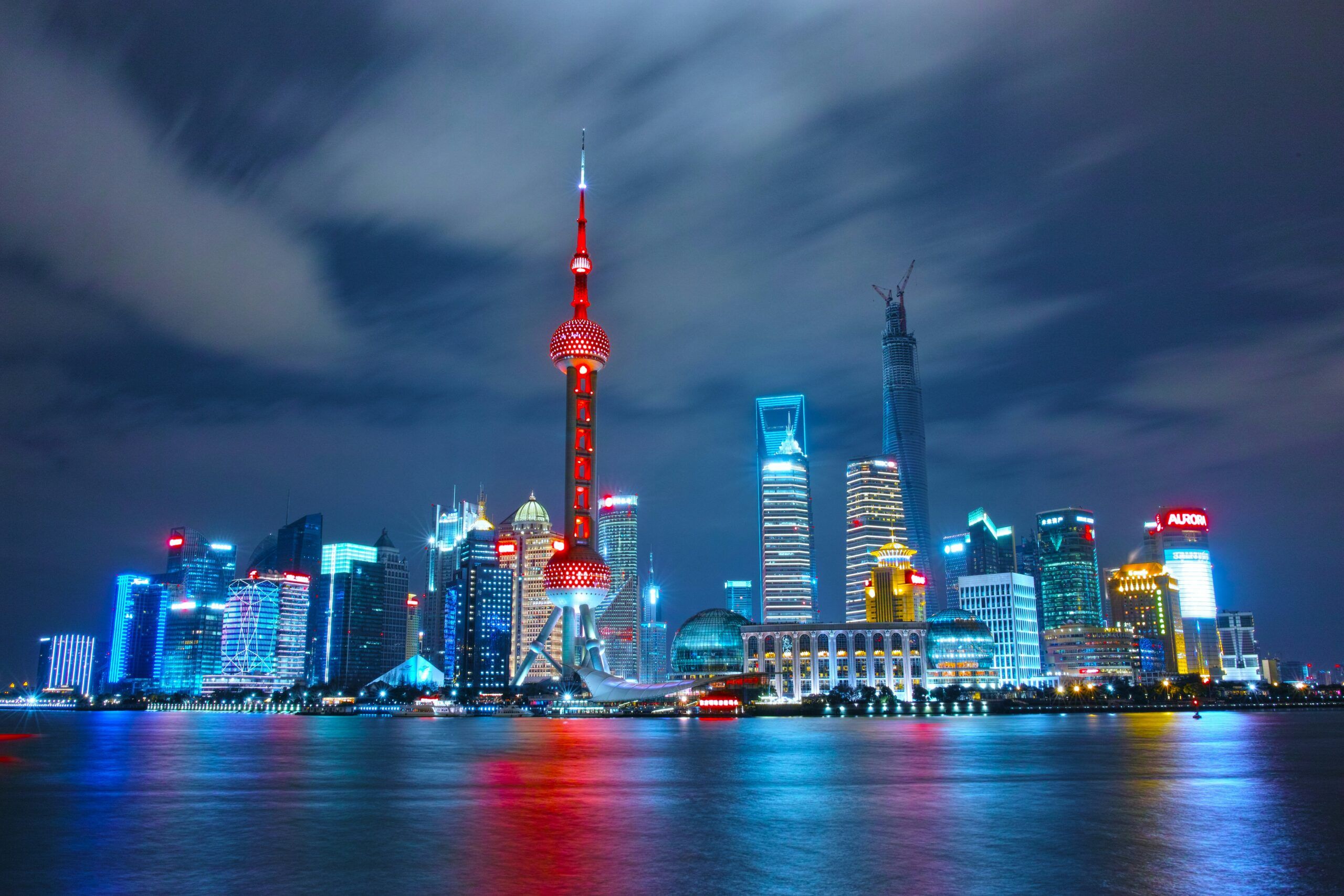
Major US Investment Banks are Recalibrating and Pulling Back from China
Once upon a time China was regarded as one of the major centres for the expansion of investment banking, with many of these banks viewing China as one of the crown jewels within their portfolios. Today, with the United States applying more tariffs and restrictions on the country, the China economy is reeling from huge losses in the property sector; the economy which conservatively speaking has been sluggish, has put the brakes on deal flows. As a result, many global investment banks are rethinking their “China Strategy” and pulling back from the USD67 Trillion financial services market.
A number of analysts confirm that back in December 2024 a number of US Investment Banks conferred with the US Treasury regarding the rules and regulations as to how their clients may comply with investing in China. It is understood that many of these executives left the meeting with less understanding of the situation and many with more questions than answers. Experts suggest the bankers needed to understand the rules and guidelines concerning investing in those Chinese companies by their clients, which pose potential national security risks. Furthermore, which reporting requirements were needed and which deals would now qualify under the new rules.
So as these institutions pull back from China, the recipients of their largesse seem to be according to experts, Japan and India who are not filling the large investment hole that leaving China has produced. Indeed, many of these international investment houses and banks have reduced staff or as some analysts put it “pared to the bone” to levels that just meet the minimum staffing requirements by the Chinese financial regulators allowing these companies to operate in their jurisdiction. Despite numerous financial stimuli, many bank bosses are sceptical that there will be any decent improvement in China’s economic prospects.
Some experts point to November 2020 as the point where global confidence in China began to decrease. In that month, the Ant Group controlled by Jack Ma were just about to issue their IPO (Initial Public Offering), which at the time would have been the world’s largest, in the amount of USD35 Billion in Shanghai and Hong Kong. However, instead of marking what would have been a high point in China’s booming business sector, the Chinese authorities pulled the IPO at the last minute. Experts confirmed this action by the Chinese authorities marked the start of China’s war on private companies/enterprise, and the beginning of declining global confidence in China which also sabotaged Hong Kong’s standing as a major funding centre for Chinese companies.
Interestingly, analysts advise that some Wall Street banks consider China a long-term bet with one senior banker suggesting that there could be double digit growth in 2025, but experts suggest that his peers disagree, and China may take years to achieve this figure. However, let’s not forget Hong Kong where many US banks have successfully made significant profits from Greater China, which has historically accounted for a significant share of any earnings. Last week February 10th – 14th 2025 bankers were encouraged by a rebound in Chinese Stocks in Hong Kong (they hit a three year high), this on the back of China participating and maybe becoming a major player in the AI artificial intelligence sector.
However, all eyes are on the US administration and whether or not they will increase tariffs on imports from China having already levied a 10% charge and what will be China’s reaction and the overspill into their already problematic economy. Elsewhere on the tariff front, the recent bombshell of more tariffs announced on Tuesday 18th February 2025 by Donald Trump where he intends to impose levies of 25% on the importation of auto parts, semiconductors, and pharmaceuticals as early as 2nd April 2025. President Trump did not specify what countries he had in mind, but currently Germany seems to be on the cards.
The big question is will the president hold true to his pre-election promises or will he, like Canada and Mexico, use tariffs as a club to beat countries into agreeing to other demands. However, he has promised tariffs to put “America First” so whatever happens, 2025 may see an all-out trade war with the world and especially consumers are in for a fairly bumpy ride.
You may also like

Other facilities
IntaCapital Switzerland | Copyright © 2025 | All Rights Reserved